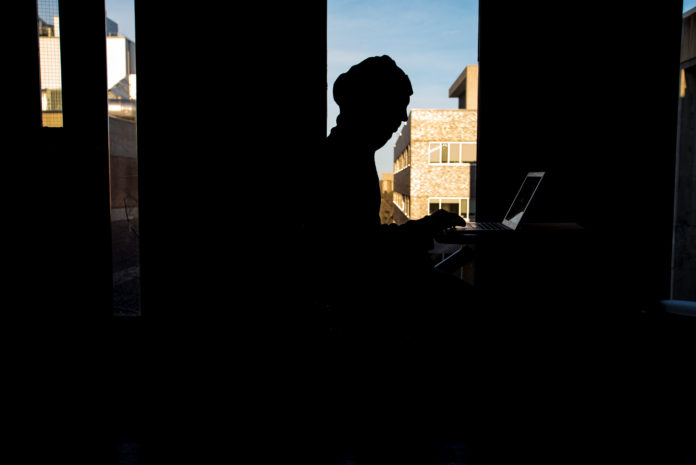Invigorating, competitive, hard, interesting, fulfilling, passion-driven, redundant, lonely, worth it. These are the words students and professors chose to describe the faculty of science at Carleton University.
“[Research] can be frustrating and time-consuming,” said Martin Holcik, department chair and professor of health sciences at Carleton. “There is this failure upon failure upon failure, and so you have to be able to learn from that, get up, and do it again.”
Although the field of research is certainly exciting, those interested need to look beyond the glitz and glam, he added.
“You have to be nuts,” Holcik joked.
Keeping a level-head is especially important, he said, because pressure plays a huge role in the scientific community.
“Everybody’s sort of rushing to produce as much publications as possible because it becomes you’re only as good as your last paper,” he said. “That means there is pressure on spending as much time as possible in the lab.”
“Publish or perish” is a phrase coined within the research industry as a joke, but “is becoming a harsh reality,” according to a journal article published in the Journal of Research in Medical Sciences.
“If you’re very passionate about it, it’s not a big deal because you would spend 80 hours in the lab and you won’t even realize.” — Martin Holcik, department chair of health sciences
With 35 undergraduate and 18 graduate programs, the faculty of science makes up a large portion of Carleton’s campus culture. Although this culture of science will differ between groups, the underlying need for teamwork is essential in all fields of science, he said.
“It’s impossible to do science as an individual,” Holcik said. “It’s all done in collaboration with others.”
“You want to set up an environment where people can cooperate, they can count on each other, they can help each other,” he said.
Tiana Mitri, a first-year student, said although the workload of science programs is demanding, it’s made possible due to the support of other students.
“[It has] the reading of journalism and also the applied work of engineering,” she said, but there is a certain “family feel” to the faculty, stemming from students going through the program together, which makes it all bearable.
President of the Carleton Science Society, Millie Close, agreed that a team approach is crucial to scientific success.
“My cohort in health sciences is very close,” she said. “I don’t feel that there’s any animosity in terms of competitiveness.”
Despite having a supportive environment, Close talked about how the nature of scientific work itself can at times be isolating.
“Sometimes you’re in a lab, you might be there alone,” she said. “I could see how it might take its toll on some folks if they’re not really passionate about what they’re doing.”
Close said to combat time spent alone in the lab, students should schedule time to do activities outside of work.
“Block out time to have fun. Don’t forget why you’re here, and then treat yourself every now and then.” — Millie Close, Carleton Science Society President
One activity science students could consider to destress could be visiting one of the three therapy dogs—Penny, Floyd, and Roxy—who are specifically designated to help science students at Carleton.
The need to have support, such as through the therapy dog program on campus for science students, is also highlighted in a U.K. survey released earlier this month which states 55 per cent of the researchers polled would describe the culture surrounding research in a negative way.
Holcik offered similar advice to students in light of the concerns they might have about the work-driven science culture.
“Work hard, play hard,” he said. “You have to compartmentalize … take time off to kind of refresh your brain, and then you can come back and you can do more work.”
Holcik added students should only pursue science if they are really passionate.
“There’s no way you can do this if you don’t care,” he said. “Don’t let other people convince you that you care.”
Featured image by Tim Austen.






